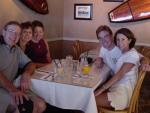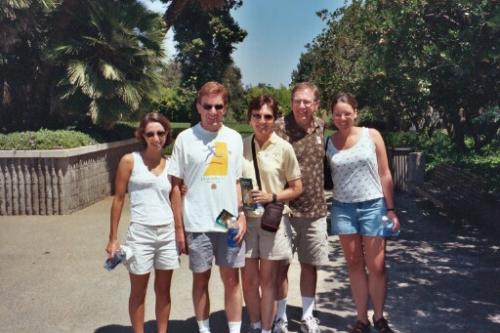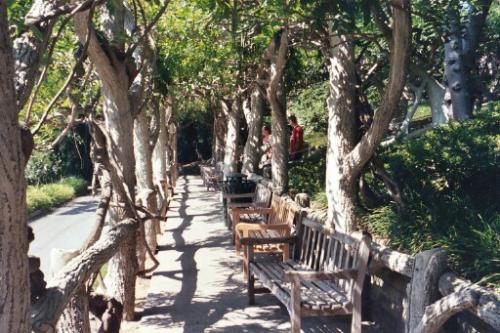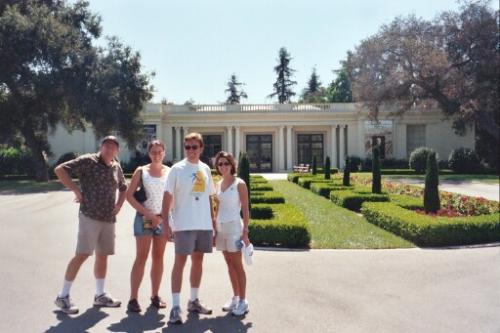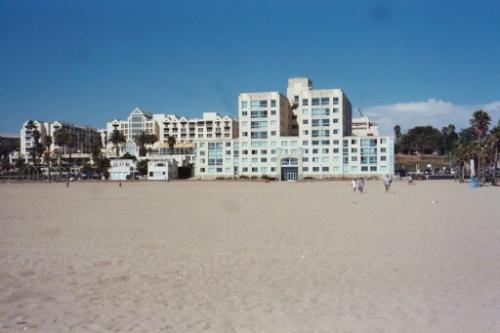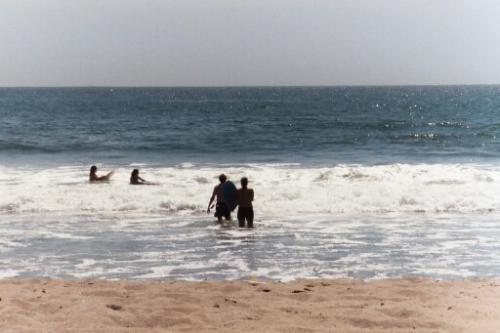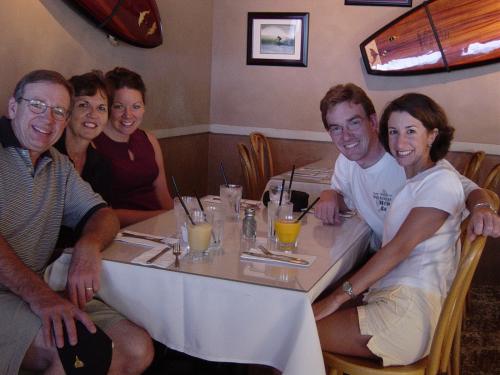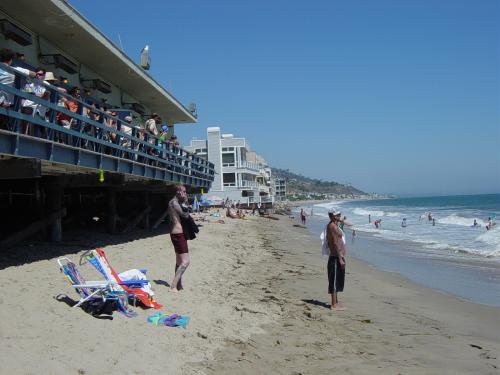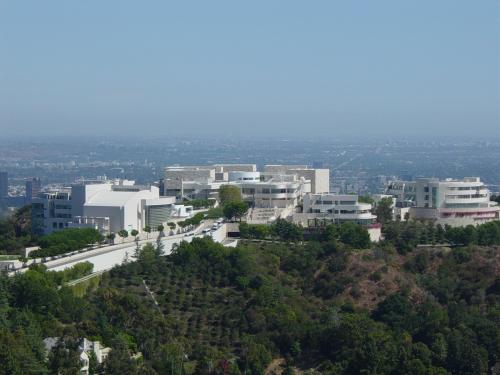This past weekend, I (along with the rest of the class of 2006) attended the UCLA FEMBA Leadership Orientation, which was a sort of four-day immersion training. We began each day at about 8 am, and ended after 9 pm. Food and creature comforts were provided, of course. There are about 180 incoming students, broken into three approximately equal-sized sections. We had several full-class lectures, section meetings, and eight-person group projects. (The group projects ended up taking the most time, as we had to read a case and prepare a presentation for our section.)
I found the people to generally be quite friendly and eager. Most people had the same motivations for this weekend: Impress their peers, meet interesting people, and get some sort of idea how the next three years will work out. The group projects were a refreshing change, as everyone wanted to participate. (How long will that last?) The demographics of the class have two striking points: Over 40% of the students are engineers, and about 20% are women. It seems to be a natural progression for engineers to become managers and leaders, especially in manufacturing-heavy industries (such as aerospace and pharmaceuticals). (Dare I say that engineers make the particularly good leaders? We know the product intimately, and probably understand customer requirements quite well. On the down side, we are notorious for concentrating on the technology more than the people.) I’m not sure how to interpret the ratio of men to women. It is certainly poor (although better than engineering school). One hypothesis is that women in their early 30’s have more than enough to balance already, with work and growing families.
The content of the classes during this weekend was also interesting, to an observer of society. What are business schools trying to convey to the country’s industrial leaders? What tools to they think that we need to succeed? The professors all had very impressive resumes, and each had many consulting (and industry) experiences to draw upon.
One of the major frameworks used in the class was put forth in the book “Value Migration” by Adrian Slywotzky. His contention is that new, aggressive companies are able to beat previously-dominant giants, without superior products or innovative technology. They simply have better business designs. They understand customer priorities better: They can select customers for high growth, manage the scope of their resources, differentiate their products, and capture value in better ways.
The new view of the “ideal” business is one of customer focus and employee empowerment. Resources should be focused on adding value to the customer. (This seems to point away from the large vertically-integrated organizations of the past.) Customers are savvier than before, and costs are so much more critical, so employees must have the power to think and act on their behalf. Examples such as Toyota and Dell were used to reinforce this point. Indeed, the paradigmatic case is that of the automotive industry: The Big Three US auto manufacturers were large, wasteful, hierarchical organizations, and held sway due to their size. In order to compete, the insurgent Toyota developed lean manufacturing and improved both price and quality. Because of their better offerings, Toyota beat the US manufactures at their own game.
There is a lot of truth in the “value migration” theory. Things can grow large and successful, but can always fail if they do not embrace reality and continue to improve. In some ways, it is a paranoid theory, and one that demands constant work… but is life any different? It is hopeful, too, as it points to the triumph of reason and a constantly-improving future.
